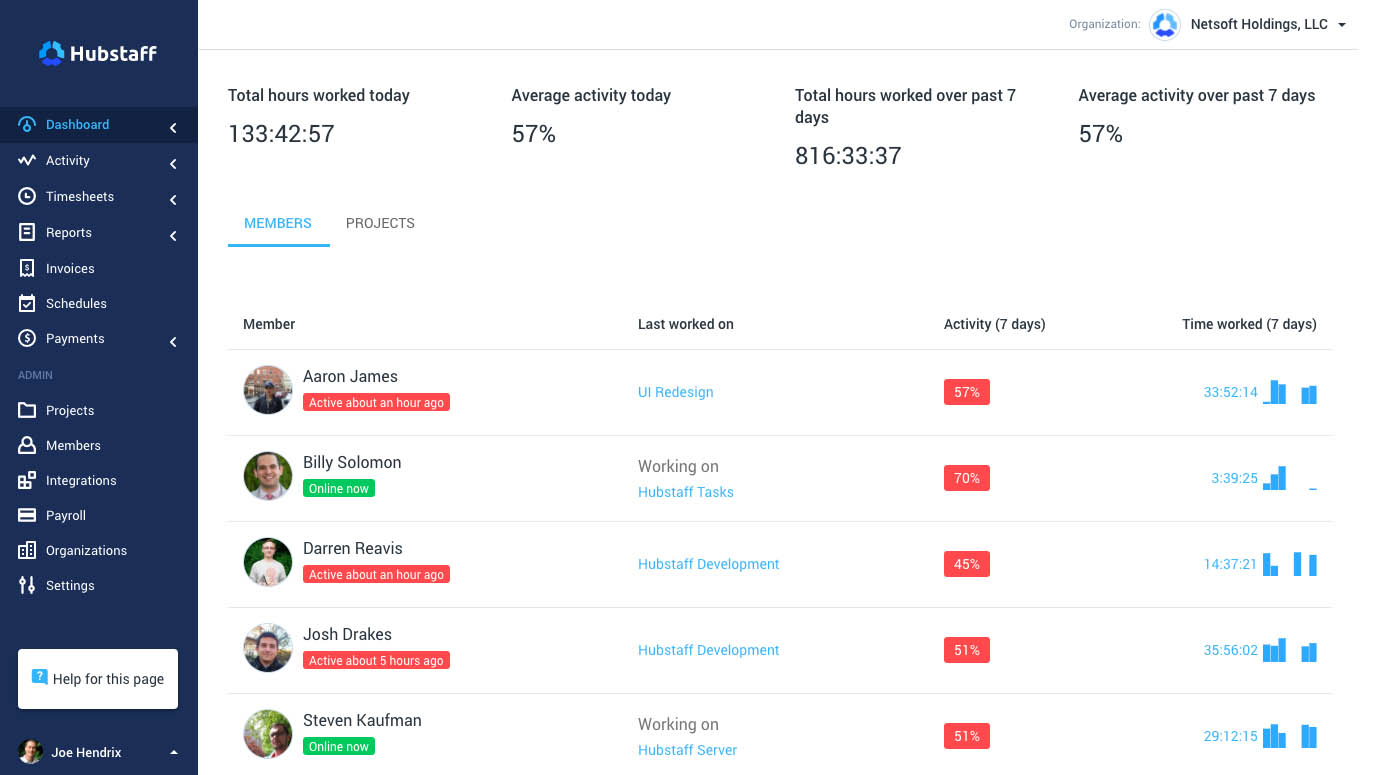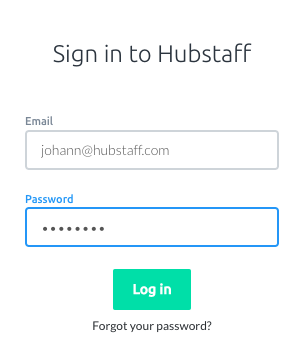
And it goes beyond being caught exercising in the middle of the day. By the time I realized I had not logged out, it had snapped a screenshot of the trainer setting up to teach the class in her living room.Įven though this was just an experiment, it didn’t make it any less embarrassing and intrusive. Nevogt introduced me to Chris Heuwetter, who runs a marketing company in Jupiter, Fla., called 98 Buck Social.Īdam: The moment when I no longer wanted to be monitored came on April 23 at 11:30 a.m., when Hubstaff caught me doing an internet exercise class. Right.Īdam: For employers nervous about wasting money in a shaky economy, I could see Hubstaff’s appeal. He later explained that the number didn’t accurately reflect his time spent working because it logged only when he was typing, not when he was making phone calls or doing other work away from his computer.

There I saw that Adam’s activity for the week was at a somewhat disappointing 45 percent. I quickly retreated to the main dashboard. The dozens of screenshots included those of a Google Meet conference call that Adam had participated in, which displayed as extremely close-up photos of the faces of numerous colleagues.

I clicked on screenshots and saw that Adam had been online for 9 hours 42 minutes 17 seconds the previous day. It showed various categories, including screenshots of Adam’s computer, his time sheets, apps and URLs he had visited and his whereabouts. With those misgivings, I opened the program and saw a dashboard. But also reluctant because do we really want to see someone’s minute-by-minute location or how often he or she uses Twitter? To try to answer them, I turned the spylike software on myself. The technology raises thorny privacy questions about where employers draw the line between maintaining productivity from a homebound work force and creepy surveillance. Demand has surged for software that can monitor employees, with programs tracking the words we type, snapping pictures with our computer cameras and giving our managers rankings of who is spending too much time on Facebook and not enough on Excel. Here’s why: With millions of us working from home in the coronavirus pandemic, companies are hunting for ways to ensure that we are doing what we are supposed to. By 10:09 a.m., work momentum lost, I read about the Irish village where Matt Damon was living out the quarantine.Īll of these details - from the websites I visited to my GPS coordinates - were available for my boss to review. At 9:14 a.m., I made changes to an upcoming story and read through interview notes. LONDON - On April 23, I started work at 8:49 a.m., reading and responding to emails, browsing the news and scrolling Twitter.


 0 kommentar(er)
0 kommentar(er)
